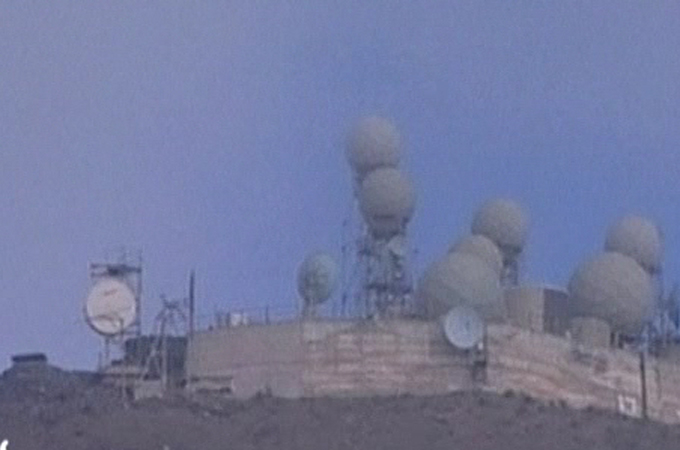Syria target hit by Israel was ‘nuclear site’
UN nuclear watchdog chief says that a facility damaged in a 2007 Israeli air attack was a “nuclear reactor”.

 |
| Syria insists it has no atomic secrets and that the sites the IAEA wants to visit are of a military nature |
The head of the International Atomic Energy Agency (IAEA) has said for the first time that a target destroyed by Israeli warplanes in the Syrian desert in 2007 was a covert site of a future nuclear reactor.
Yukia Amano’s comments on Thursday countered assertions by Syria that it had no atomic secrets, and it is the first time the UN nuclear watchdog unequivocally spoke about the issue.
Keep reading
list of 4 itemsAfter the Hurricane
World’s coral reefs face global bleaching crisis
Why is Germany maintaining economic ties with China?
“The facility that was … destroyed by Israel was a nuclear reactor under construction,” Amano told a news conference.
Previous reports by the IAEA have suggested that the structure could have been a nuclear reactor. In a February report, Amano said only that features of the bombed structure in Al Kibar were “similar to what may be found at nuclear reactor sites”.
Amano spoke during a news conference meant to focus on the Fukushima nuclear disaster after a visit to the Paris-based Organisation for Economic Co-operation and Development to discuss clean-up efforts at Japan’s tsunami-ravaged nuclear plant.
After the news conference, the agency made frantic but fruitless efforts at damage control, issuing a statement suggesting Amano had erred in making the public comments, and that he “did not say that the IAEA had reached the conclusion that the site was definitely a nuclear reactor”.
Amano’s comments, which corroborate a United States assertion three years ago that the bombed target was a reactor, could increase pressure on Syria to stop stonewalling the IAEA’s requests for more information on its nuclear activities.
Israel has never publicly commented on the strike or even acknowledged carrying it out. The US has shared intelligence with the agency that identifies the structure as a nearly completed nuclear reactor that – if finished – would have been able to produce plutonium for the fissile core of nuclear warheads.
Sites are ‘a military secret’
Syria denies allegations of any covert nuclear activity or interest in developing nuclear arms. Its refusal to allow IAEA inspectors new access to the bombed site has heightened suspicions that it had something to hide, along with its decision to level the destroyed structure and later build over it.
Drawing on the 2008 visit by its inspectors, the IAEA determined that the destroyed building’s size and structure fit specifications that a reactor would have had. The site also contained graphite and natural uranium particles that could be linked to nuclear activities.
The IAEA is also trying to probe several other sites for possible undeclared nuclear activities linked to the bombed target. But the Syrian government says that most of the sites are restricted because of their military nature.